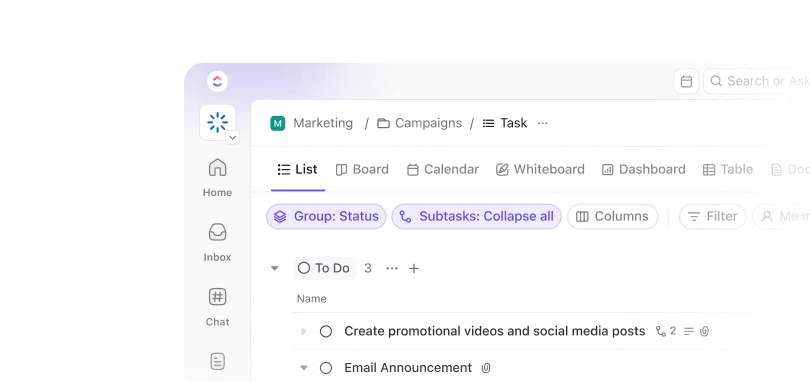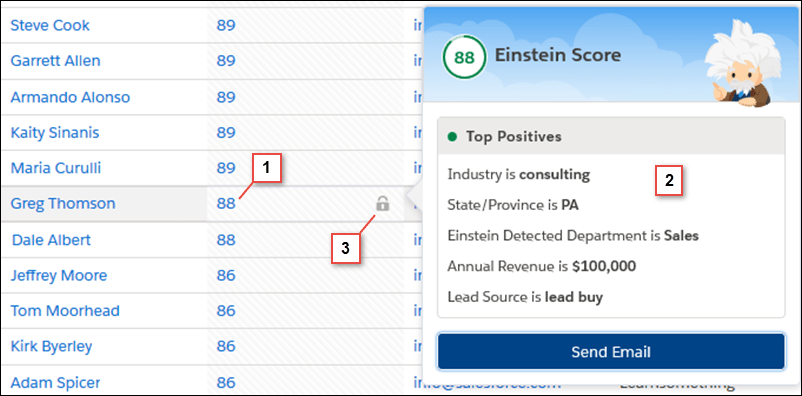There are many companies deploying AI and offering creative solutions for customers, and Salesforce stands out among the options.
Salesforce Agentforce redefines digital labor by enabling enterprises to deploy autonomous AI agents that analyze data, make decisions, and drive tasks across sales, service, and marketing.
With an integrated ecosystem built on the Atlas Reasoning Engine and Data Cloud, it offers a transformative approach to enterprise automation.
First, does Salesforce actually provide agentic AI?
Key Takeaways
- Salesforce Agentforce deploys autonomous AI across business operations.
- Utilizes Atlas Reasoning Engine for intelligent decision-making automation.
- Data Cloud provides unified, zero-copy enterprise data integration.
- Comprehensive monitoring and security via modular agentic AI architecture.
Does Salesforce Offer Agentic AI?
Yes, Salesforce does offer agentic AI through its Agentforce platform. Salesforce Agentforce is a digital labor platform that lets enterprises build and deploy autonomous AI agents at scale.
Launched in September 2024 and updated in June 2025, Agentforce combines the Atlas Reasoning Engine, Data Cloud, pre-built actions and a low-code Agent Builder to enable agents that can analyze data, make decisions and execute tasks across sales, service and marketing workflows.
This comprehensive suite positions Salesforce as a leader in enterprise agentic AI, moving beyond simple chatbots to deliver true digital workers.
Next, let’s examine how this sophisticated system operates under the hood.
Quick Capability Snapshot: Salesforce Agentic Suite
The Salesforce Agentic Suite integrates multiple technical components to deliver a unified agent development and deployment platform.
Each capability builds upon the others to create a cohesive ecosystem for autonomous operations.
| Capability | Detail |
|---|---|
| Planner & Orchestration | Atlas Reasoning Engine with modular planner, action selector, and reflection modules |
| Memory & Context Store | Data Cloud unified data layer with zero-copy access to CRM, ERP, and third-party data |
| Tool Invocation | 100+ pre-built actions via connectors to Salesforce Flow, MuleSoft, Slack, and MCP servers |
| Guardrails & Policy | Safe-by-design architecture with tool whitelists, output validators, and identity tagging |
| Observability & Monitoring | Command Center with step-level tracing, metrics, and OpenTelemetry support |
This comprehensive capability set enables enterprises to build production-ready agents that integrate seamlessly with existing business systems.
How Salesforce Agentforce Works Under the Hood
The technical architecture of Salesforce Agentforce operates through six integrated layers that work together to deliver autonomous agent capabilities.
- Atlas Reasoning Engine plans task sequences using modular orchestration
- Action Selector chooses appropriate tools from the available connector library
- Data Cloud provides unified enterprise data with zero-copy access
- Pre-built actions invoke Salesforce Flow, MuleSoft, and third-party services
- Guardrails enforce compliance through tool whitelists and output validators
- Command Center monitors real-time performance with step-level tracing
This layered approach ensures that agents can reason about complex business scenarios while maintaining enterprise-grade security and observability standards.
Pricing and Licensing: What Salesforce Charges for Agentic AI
Salesforce Agentforce pricing has not been publicly disclosed, with the platform likely bundled into Einstein 1 and Customer 360 plans rather than sold as a standalone product.
The company typically offers free developer orgs for initial testing, though Agentforce features may be limited in trial editions.
Expected pricing models combine per-agent execution costs with Data Cloud consumption charges, while partner connectors may require separate subscriptions.
The June 2025 update introduced Command Center, 100+ new actions, and MCP connectors without specifying additional costs.
This bundled approach reflects Salesforce’s strategy of integrating agentic capabilities across its broader platform ecosystem.
Key Strengths and Critical Gaps of Salesforce Agentic AI
Salesforce Agentforce demonstrates several compelling strengths that set it apart in the agentic AI landscape.
The Atlas Reasoning Engine provides sophisticated modular planning capabilities, while the unified Data Cloud eliminates data silos through zero-copy access to enterprise systems.

The low-code Agent Builder democratizes agent creation, and the Command Center delivers enterprise-grade observability with detailed step-level tracing.
However, the proprietary nature of the Atlas Reasoning Engine may limit transparency and customization compared to open frameworks.
Additionally, dependence on partner MCP servers could delay integration timelines, and the early-stage ecosystem still requires maturation.
Data remains locked within the Salesforce ecosystem, requiring MuleSoft or third-party connectors for external database access.
These limitations should be carefully weighed against the platform’s strengths when making technical decisions.
Getting Started With Salesforce Agentic AI in 8 Steps
Building your first Salesforce agent requires systematic planning and configuration across multiple platform components.
Most teams achieve initial deployment within 2-4 weeks following this structured approach.
- Register for a Salesforce developer org with Einstein 1 access
- Configure Data Cloud connections to your existing CRM and ERP systems
- Design agent workflows using the low-code Agent Builder interface
- Select pre-built actions from the 100+ available connector library
- Implement guardrails and compliance policies via identity management
- Deploy agents in sandbox environment for initial testing
- Monitor performance through Command Center observability dashboards
- Scale successful agents to production with proper governance controls
This implementation timeline provides a realistic path to production deployment while ensuring proper testing and governance protocols are followed.
Roadmap and Competitive Outlook for Salesforce Agentic AI
Salesforce continues investing heavily in agentic AI capabilities, with plans to integrate additional large language models including Anthropic Claude, Gemini, and AI21.
Future roadmap items include enhanced agent memory and planning capabilities, alongside more detailed pricing structures expected in 2026.
The open ecosystem expansion with 30+ partner MCP servers positions Agentforce competitively against AWS Bedrock AgentCore and Microsoft’s Agent Framework.
Frequently Asked Questions
Agentforce agents can take autonomous actions across business systems, not just respond to queries. They use the Atlas Reasoning Engine for planning and decision-making.
Built natively on the Salesforce platform, Agentforce accesses existing data through Data Cloud and executes actions via Salesforce Flow and MuleSoft connectors seamlessly.
The Agent Builder provides low-code interfaces for basic agents, though complex implementations may require pro-code development and prompt engineering expertise.
Yes, through MCP servers and partner connectors including AWS, Box, Google Cloud, PayPal, and Stripe integrations available via the AgentExchange marketplace.
Command Center offers step-level tracing, performance metrics, and OpenTelemetry integration for comprehensive monitoring of agent behavior and outcomes.
Next Steps and Action Checklist
Salesforce Agentforce represents a mature, enterprise-ready platform for deploying autonomous AI agents with sophisticated reasoning capabilities, comprehensive data integration, and robust observability features.
The platform’s strength lies in its native Salesforce integration and low-code accessibility, though organizations should carefully evaluate vendor lock-in considerations and integration complexity for external systems.
To move forward with your evaluation, complete these essential tasks:
- Request access to a Salesforce developer org with Agentforce capabilities
- Inventory existing data sources and integration requirements for Data Cloud
- Identify initial use cases that align with available pre-built actions
- Assess team skills for low-code versus pro-code agent development approaches
- Calculate projected costs based on expected agent usage and data consumption
- Evaluate governance and compliance requirements for autonomous agent operations


Everything you need to stay organized and get work done.












